Comprehension of Graphics
Part I. Graphical Codes and Graphics Processing. 1. Contributions of perceptual and cognitive processes to the comprehension of graphics (W. Winn). 2. Codes of instructional pictures (B. Wiedemann). 3. Spatial metaphors and logical pictures (A. Fenk). 4. Comprehending and using maps: Are there two modes of map processing? (J.R. Kirby). 5. Identifying and simulating cognitive strategies for the description of spatial networks (M. Denis, F. Robin, M. Zock, A. Laroui). Part II. Graphics and Mental Representations. 6. Representation and processing of the spatial layout of objects with verbal and nonverbal input (H.D. Zimmer). 7. Size in picture and text (J. Engelkamp, G. Mohr). 8. Visual aids to knowledge construction: Building mental representations from pictures and words (R.E. Mayer). 9. Illustrations, mental models, and comprehension of instructional text (Y. Gyselinck, H. Tardieu). 10. Reference maps as a framework for remembering text (R.W. Kulhavy, W.A. Stock, L.C. Caterino). Part III. Differential and Developmental Aspects. 11. The mnemonic benefit of pictures in text: Selective enrichment for differentially skilled readers (M.A. McDaniel, P.J. Waddill). 12. The use graphics and texts in constructing mental models (W. Schnotz, E. Picard, M. Henninger). 13. Cognitive processes in understanding line graphs (U. Maichle). 14. On children's understanding of an economic concept: The role of graphics in evaluation (C. Grobbo). 15. Visualized analogies and memory for new information in first graders (M.-D. Gineste). Part IV. Instructional Aspects. 16. The supplantation of mental images through graphics: Instructional effects on spatial visualization skills of adults (N.M. Seel, G. Dorr). 17. Enhancing graphic-effects in instructional texts: Influencing learning activities (J. Peeck). 18. Systematic forced processing of text and graphic information (P.J. Moore, J.J. Scevak). Concluding remarks. Author index. Subject index.
{{comment.content}}
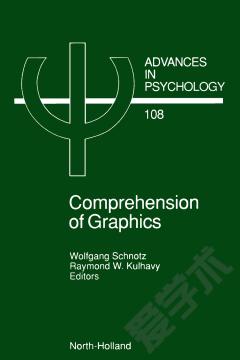
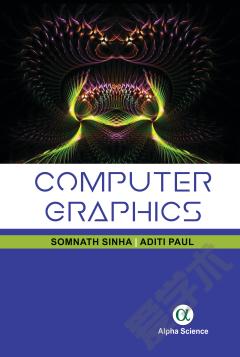
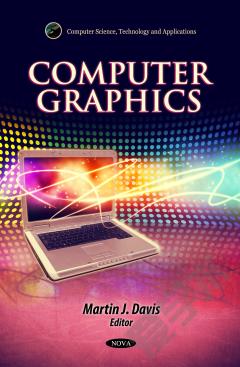
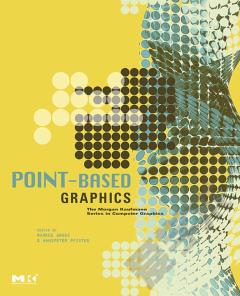

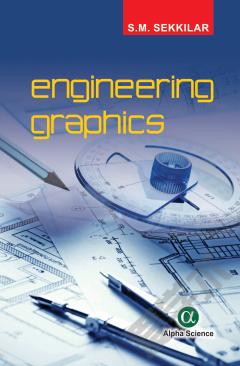


 京公网安备 11010802027623号
京公网安备 11010802027623号